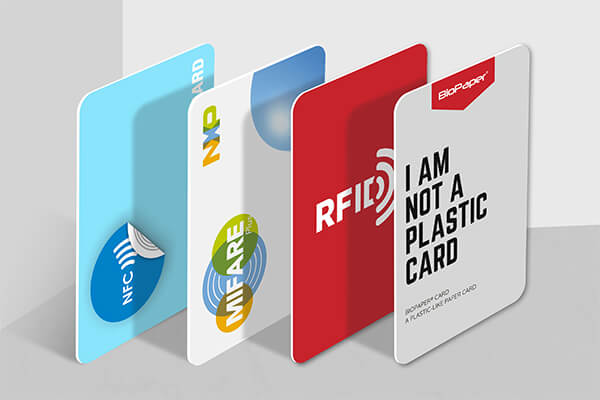Identification is the most common use of an ID card to verify that the person holding the card is indeed who they claim to be. These cards are issued by either a federal agency or state government. They identify the issuing body and include a picture of the holder so that you can visually match their face. These cards may contain additional details like birth date, address, and signature. The following are the main types of cards that can be used for identification.
1. PVC cards
PVC cards have been in the market for a long time and are the perfect option for ID cards. PVC is a strong polymer that can withstand constant handling. Even though it might look like a thick chunk of plastic, PVC cards are made up of thinner layers of material. These cards include driver’s licenses and military identification. These cards can be used to match any additional information given such as the address on an application form. These cards come in a variety of colors, thicknesses, and sizes.
2. Pre-printed cards
These cards require one to figure out what information they’ll put on them. Some people keep it simple and print a name and number with a standard plastic card printer. For employee IDs, these cards may contain the holder’s picture as well. If the company chooses to implement magnetic stripes into the card, they can store the cardholder information to track the card usage easily. To make these ID cards unique. one can add a color core.
3. Proximity cards
These cards have an embedded antenna that stores the cardholder’s data. This data can be read when the card is passed within range of a reader. These cards are chosen in environments where crowd control is a factor like in schools. These cards can also be programmed online. Proximity cards provide ID card security while allowing fast and secure access.
4. MIFARE cards
These cards can provide identification and store information because of the microchip and memory embedded on the card. They are designed to keep sensitive information safe and are very durable. Until the card and card reader mutually authenticate each other, encryption keys will prevent data from being emitted. The card can also be programmed with multiple credentials.
5. RFID ID cards
These cards are used where identifying personnel is important and require access control management. The chips in the cards are known to be secure, highly reliable, and can have large user memory. RFID ID cards use radio waves to identify employees, vendors, and contractors in all businesses and institutions that work with either significant sums of money or sensitive information. These cards offer the highest level of security and they cannot be easily duplicated. One can also record a unique user ID number on the RFID secured encryption. Overall, RFID is a proven and secure identification technology with many benefits.
Conclusion
Visitor management is a part of regulatory compliance and risk mitigation in high-security businesses or large organizations. Therefore, visitor ID management programs must ensure visitors are fully identified. When choosing ID cards it is important to know the card’s thickness, material, size, and technology.
Nexqo is a professional card maker with more than 10 years of experience in the card-making industry. Recently, we’ve developed an eco-friendly material that can perfectly replace PVC cards. Click here to learn more about this very latest eco-friendly material.
You can also click here to learn more about the products that you can use in your project. If you are not sure, welcome to contact our sales experts any time.
.png)
